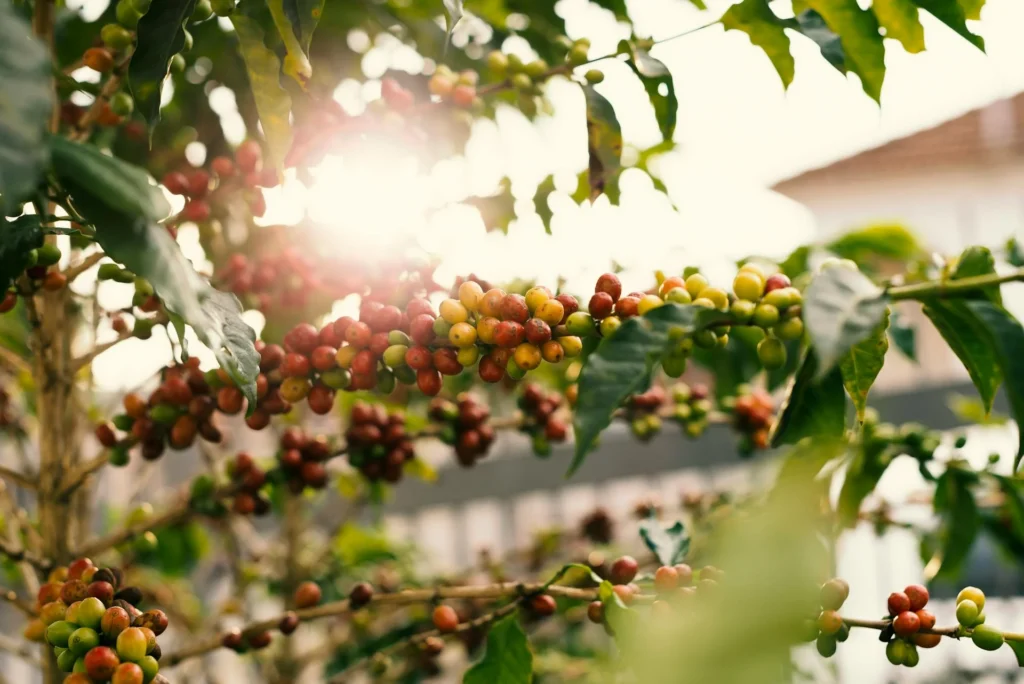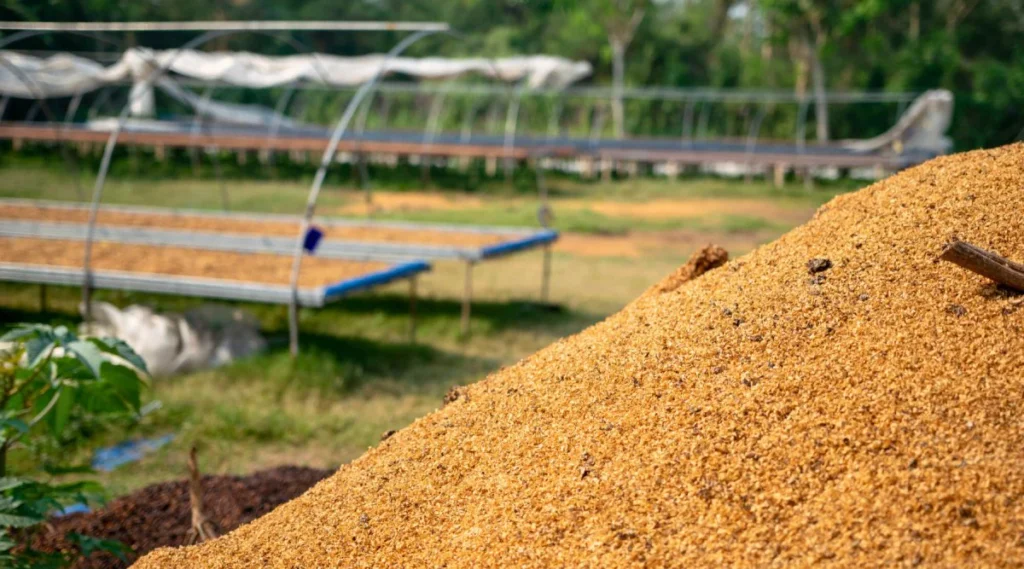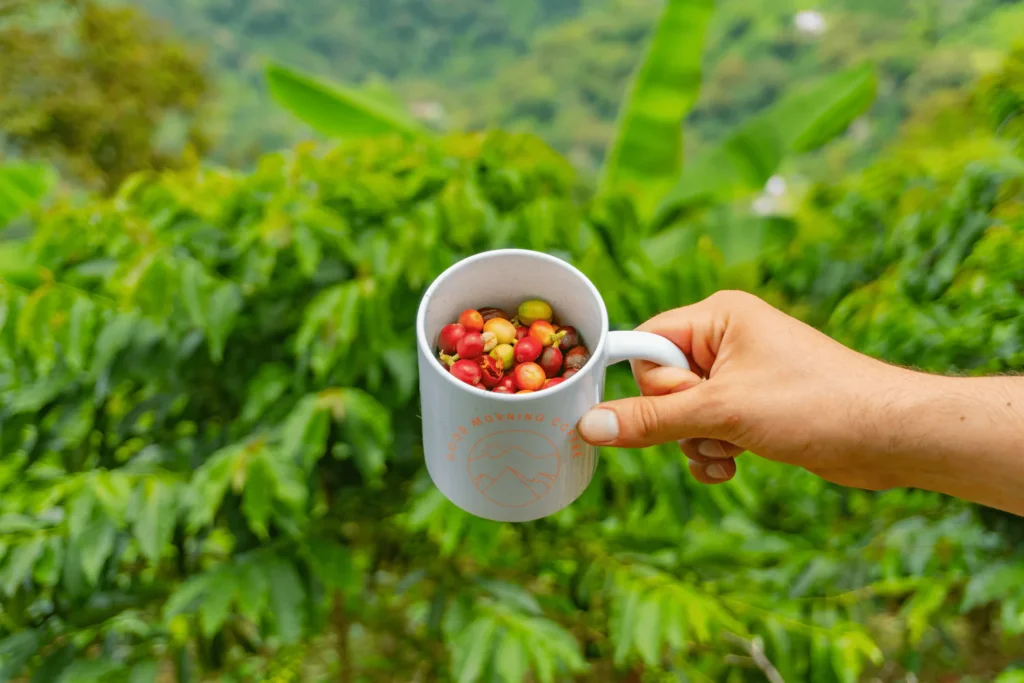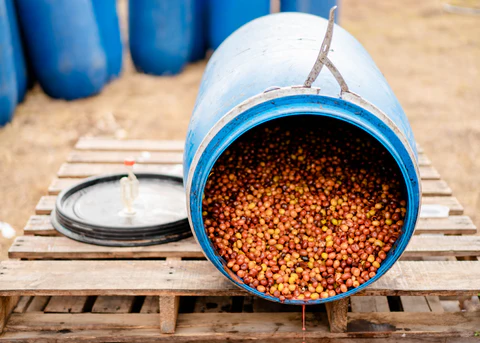Colombia and coffee? They go together like mornings and caffeine. The country is one of the biggest coffee producers in the world, and its beans are known for their rich flavors and smooth finish. But how did Colombia become such a giant in the global coffee industry?
It wasn’t always this way. Coffee wasn’t native to Colombia, it had to be introduced to be a part of the country. Over the years, coffee farming spread, creating a deep cultural and economic connection between coffee and the people of Colombia.
From Jesuit priests planting the first coffee trees to the creation of the famous Juan Valdez advertising campaign, Colombian coffee has traveled a long and fascinating journey. And today, it’s still one of the most sought-after coffees in the world.
In this blog, we’ll dive into the history of Colombian coffee, uncovering how it all started, the challenges along the way, and how Colombian coffee growers have kept their legacy alive.
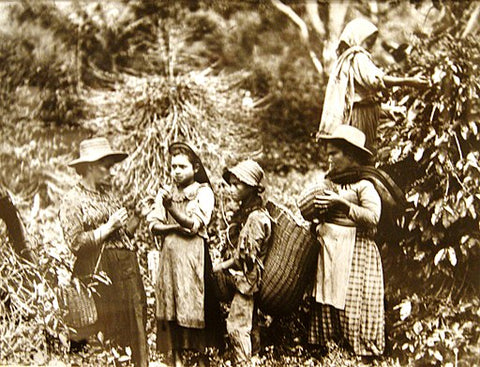
Now, let’s start at the very beginning—how did coffee come to Colombia?
How Did Coffee Come to Colombia?
Colombia wasn’t always a coffee giant. In fact, coffee wasn’t even native to the country. So, how did it get here?
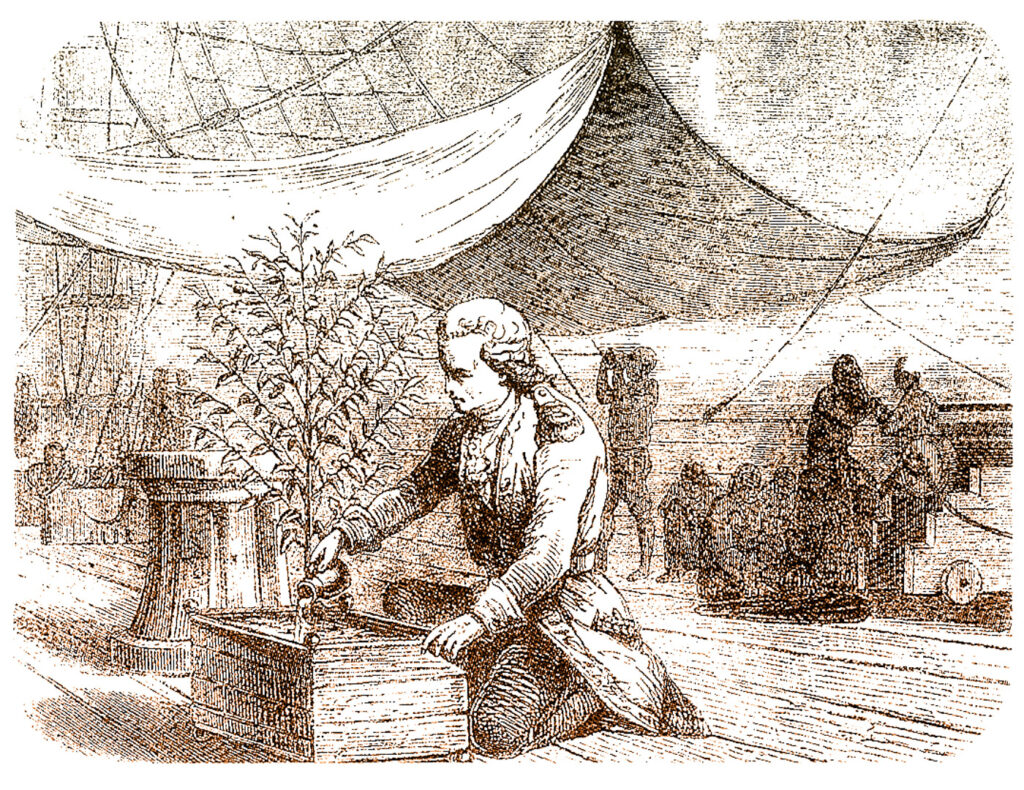
Most historians agree that Jesuit priests brought the first coffee plants to Colombia in the early 18th century. The exact year is unclear, but records suggest that coffee was introduced through Spanish settlers and religious missions. These early growers quickly realized that Colombia’s climate and volcanic soil were perfect for coffee cultivation.
One of the most famous stories about coffee’s spread involves a Jesuit priest named Francisco Romero. According to legend, he would tell his parishioners to plant coffee trees as penance after confession. Whether fact or myth, this unusual practice helped coffee farming take off in different regions of the country.
By the early 19th century, coffee was more than just a novelty. It had begun to spread across Colombia, especially in Santander, Antioquia, and Caldas—areas that would later become part of the country’s Coffee Belt.
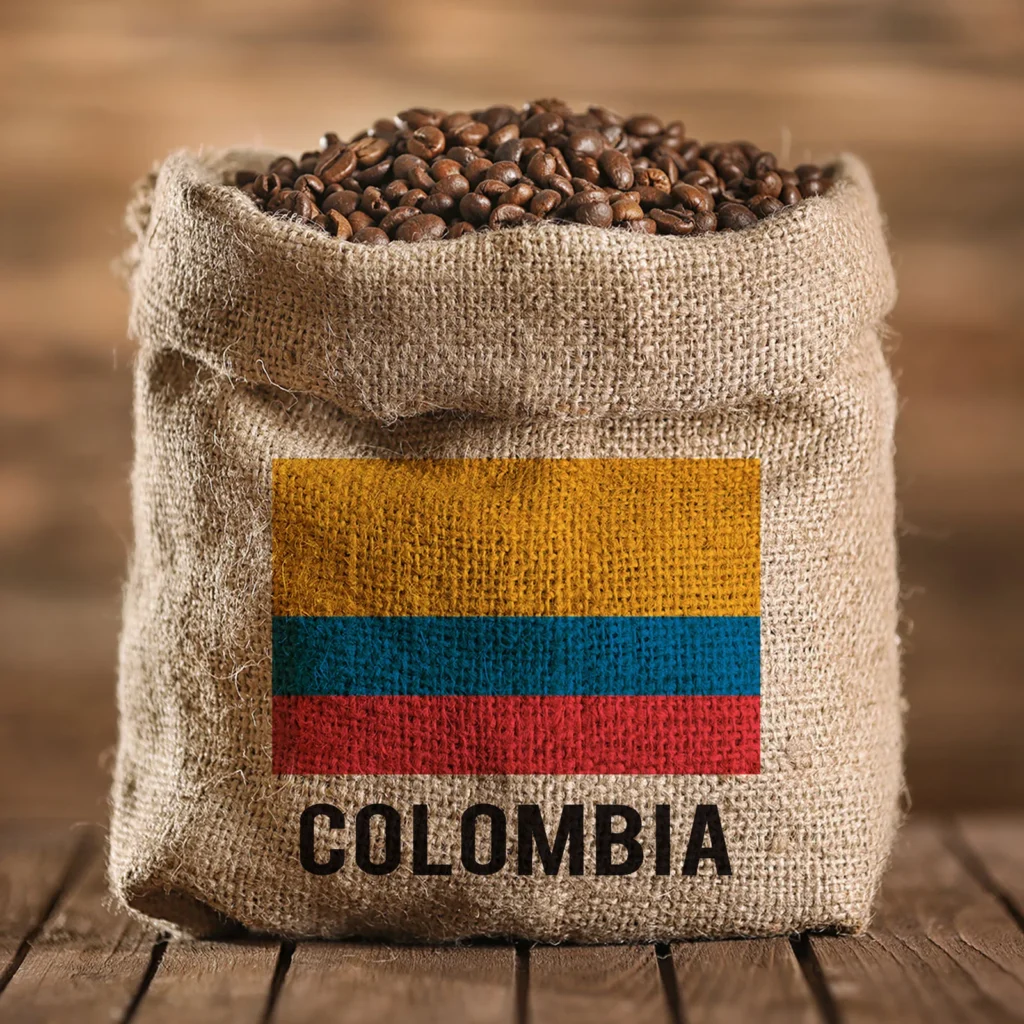
Little did those early farmers know that they were planting the seeds of a global coffee empire. The real boom, however, was still to come.
The 19th Century: How Coffee Became Colombia’s Biggest Export
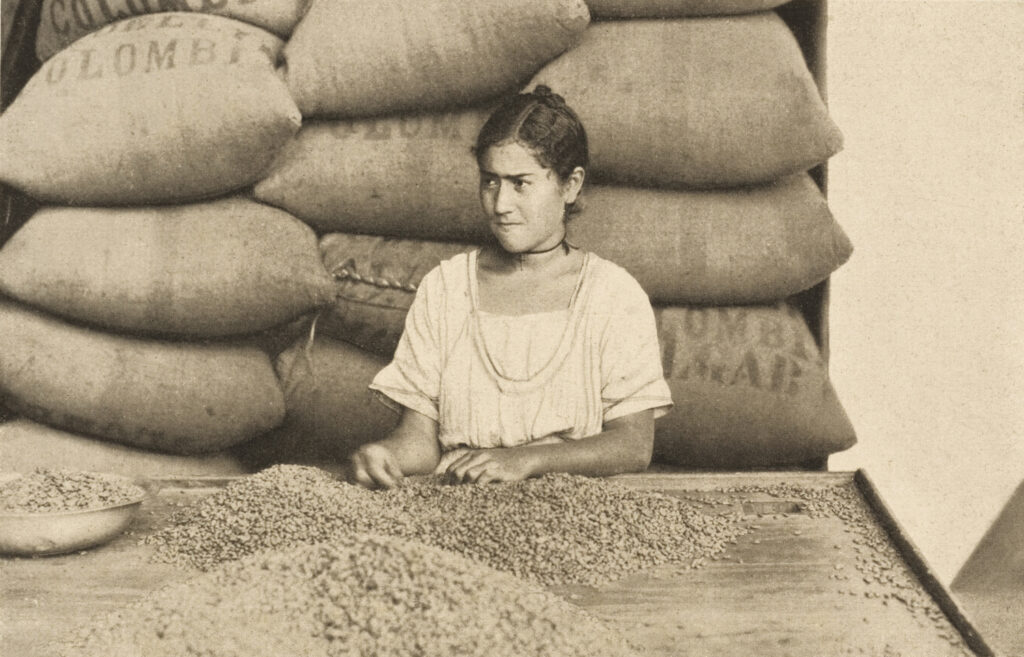
By the early 1800s, coffee production in Colombia was no longer just a small-scale operation. Farmers across the country started cultivating more coffee, seeing its potential as a cash crop. But it wasn’t until 1835 that Colombia made its first official coffee exports, sending green coffee beans to the United States.
At first, coffee farms were mostly small, family-run operations. Unlike Brazil and Vietnam, which relied on massive plantations, Colombian coffee growers focused on quality over quantity. This small-scale farming approach became a defining feature of colombian coffee production.
However, the journey wasn’t all smooth. Political instability, including the Thousand Days War (1899-1902), created setbacks for the coffee economy. Despite the turmoil, coffee production spread to more regions of the country, including Caldas, Quindío, and Risaralda—the heart of what is now known as Colombia’s Coffee Belt.
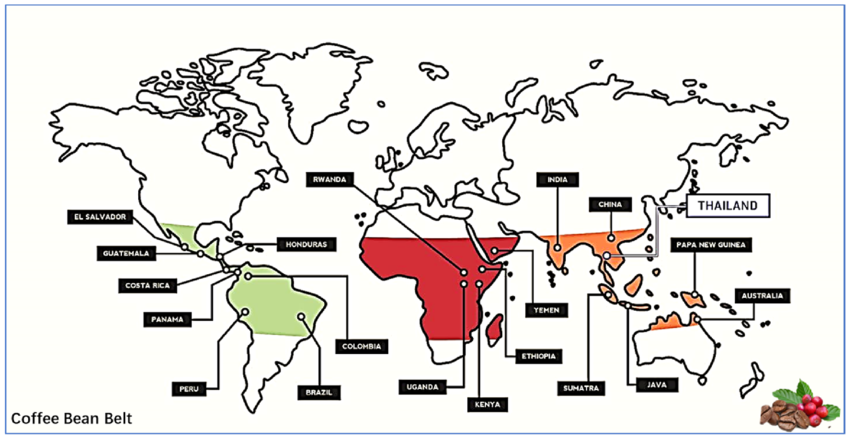
By the end of the 19th century, coffee was Colombia’s most important export. The country was well on its way to becoming one of the largest coffee producers in the world.
But it was in the 20th century that Colombian coffee truly made its mark on the global coffee industry. And that’s where Juan Valdez, the National Federation of Coffee Growers, and Colombia’s global coffee fame come into play.
The 20th Century: Colombia Becomes a Coffee Powerhouse
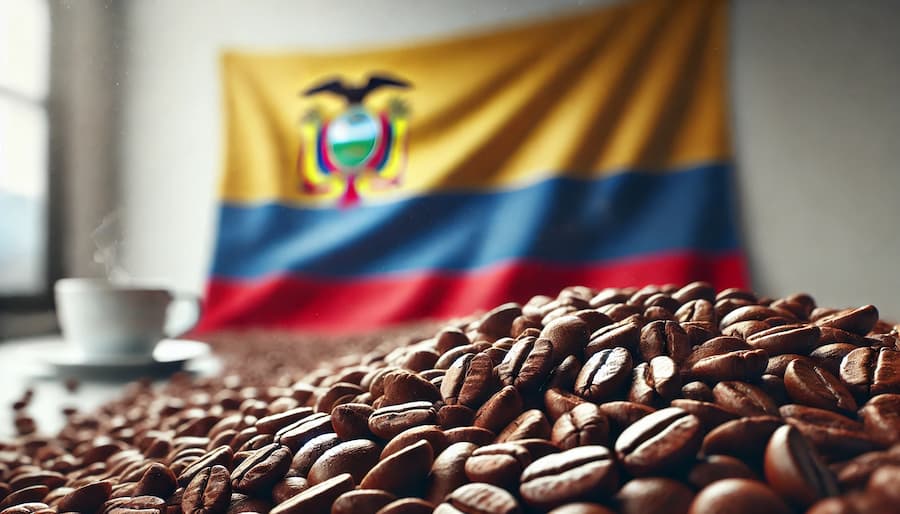
By the early 1900s, coffee had firmly established itself as Colombia’s leading export. But to truly dominate the global coffee industry, Colombian coffee growers needed organization, support, and a strong brand identity. That’s exactly what happened in 1927 when the National Federation of Coffee Growers of Colombia was created.
The federation was a game-changer. It helped farmers improve production, secure fair prices, and market Colombian coffee as a premium product worldwide. This was crucial because, at the time, Colombia was competing with coffee giants like Brazil. To stand out, Colombian farmers had to emphasize quality over sheer volume.
Then came one of the biggest moves in coffee marketing history—the creation of Juan Valdez in 1959. The character, a proud Colombian coffee farmer leading his mule loaded with coffee beans, became the face of Colombian coffee. This advertising campaign was a massive success, reinforcing the idea that Colombian coffee was hand-picked, high-quality, and authentic.
During this time, Colombia’s coffee exports skyrocketed. By the 1970s and 80s, the country was exporting millions of bags of coffee annually, making it the second-largest coffee producer in the world, behind only Brazil. The coffee industry was booming, and Colombian coffee had become a household name.
But as with any industry, challenges were on the horizon. The global coffee market was about to face a crisis that would shake the industry, and Colombian coffee growers would need to adapt to survive.
Colombia’s Coffee Boom in the 20th Century – A Quick Recap
By the early 1900s, coffee had become Colombia’s top export, but to compete globally, farmers needed organization and branding. In 1927, the National Federation of Coffee Growers was established to support farmers and promote Colombian coffee worldwide.
In 1959, the creation of Juan Valdez, a fictional Colombian coffee farmer, became a marketing triumph, reinforcing the image of hand-picked, high-quality coffee. Thanks to strong branding and international demand, Colombia became the world’s second-largest coffee producer by the 1970s and 80s.
However, the global coffee industry soon faced economic challenges, forcing Colombia to rethink its approach to coffee production and sustainability.
The Coffee Crisis and Colombia’s Adaptation
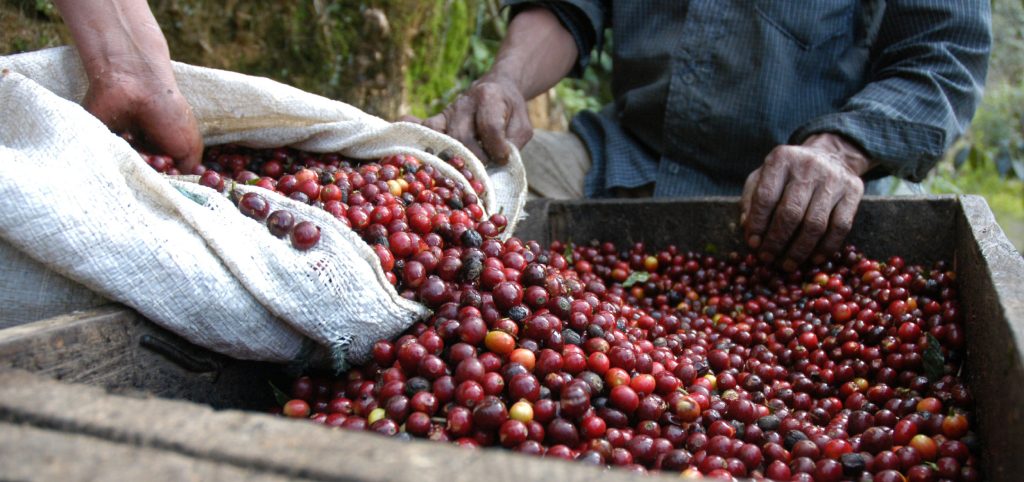
By the late 20th century, Colombia’s coffee industry faced one of its biggest challenges—the global coffee price crisis. In the 1980s and 90s, coffee prices crashed due to an oversupply in the market, making it harder for Colombian coffee farmers to earn a living.
Many small farmers struggled to stay afloat. Some abandoned coffee production entirely, while others switched to alternative crops. The economic impact was severe, as coffee had long been the backbone of Colombia’s economy.
But Colombian coffee growers didn’t give up. Instead, they adapted. The industry began focusing on specialty coffee, organic farming, and direct trade to differentiate Colombian coffee from mass-produced beans. The goal was no longer to compete on quantity but on quality.
Sustainability also became a priority. Farmers started using shade-grown techniques, preserving biodiversity while improving the flavor profile of their coffee. Fair Trade certifications and cooperative models helped small farmers get better prices for their crops.
These changes helped Colombian coffee regain its position in the global coffee industry. Today, Colombian beans are some of the most sought-after in the world, not because of volume, but because of their exceptional quality and unique flavor profiles.
Colombia’s Coffee Industry Today: Sustainability, Innovation, and Tourism
Despite the challenges of the past, Colombia’s coffee industry is stronger than ever. The country has shifted its focus to high-quality, specialty coffee, making it a leader in the global coffee market.
One of the biggest trends is sustainable coffee farming. Many Colombian coffee growers now use shade-grown techniques, organic farming, and Fair Trade practices to ensure ethical production and environmental conservation. These methods not only protect biodiversity but also enhance the coffee flavor profile, making Colombian coffee even more desirable.
Another major development is the rise of coffee tourism in Colombia. Regions like Quindío, Caldas, and Risaralda, known as the Coffee Belt, attract visitors from all over the world. Travelers can visit coffee farms, meet local coffee farmers, and experience traditional coffee cultivation firsthand. This has provided a new source of income for many farming communities.

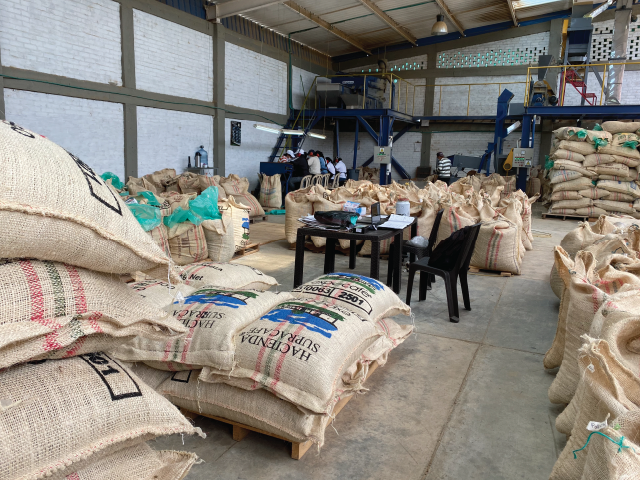
Colombia’s focus on innovation has also played a huge role in its continued success. Farmers are experimenting with new processing methods, such as honey and natural fermentation, to create unique flavor profiles. Additionally, direct trade relationships with roasters around the world have helped farmers earn fair prices for their coffee.
Today, Colombia remains one of the top coffee producers in the world, with exports ranging between 11 and 13 million bags annually. Thanks to its commitment to quality, sustainability, and innovation, Colombian coffee is more than just a drink—it’s a global icon.
Conclusion
Colombia’s journey with coffee is nothing short of remarkable. From its introduction by Jesuit priests in the 18th century to becoming one of the largest coffee producers in the world, the country has built a legacy rooted in quality, tradition, and resilience.
Through economic ups and downs, Colombian coffee growers have adapted and thrived. They shifted from mass production to specialty coffee, embraced sustainable farming, and turned coffee tourism into a thriving industry. Today, Colombian coffee is recognized for its exceptional flavor, smooth profile, and ethical sourcing, making it one of the most sought-after coffees on the planet.
So, the next time you take a sip of Colombian coffee, remember—you’re drinking centuries of dedication, innovation, and passion in every cup.

